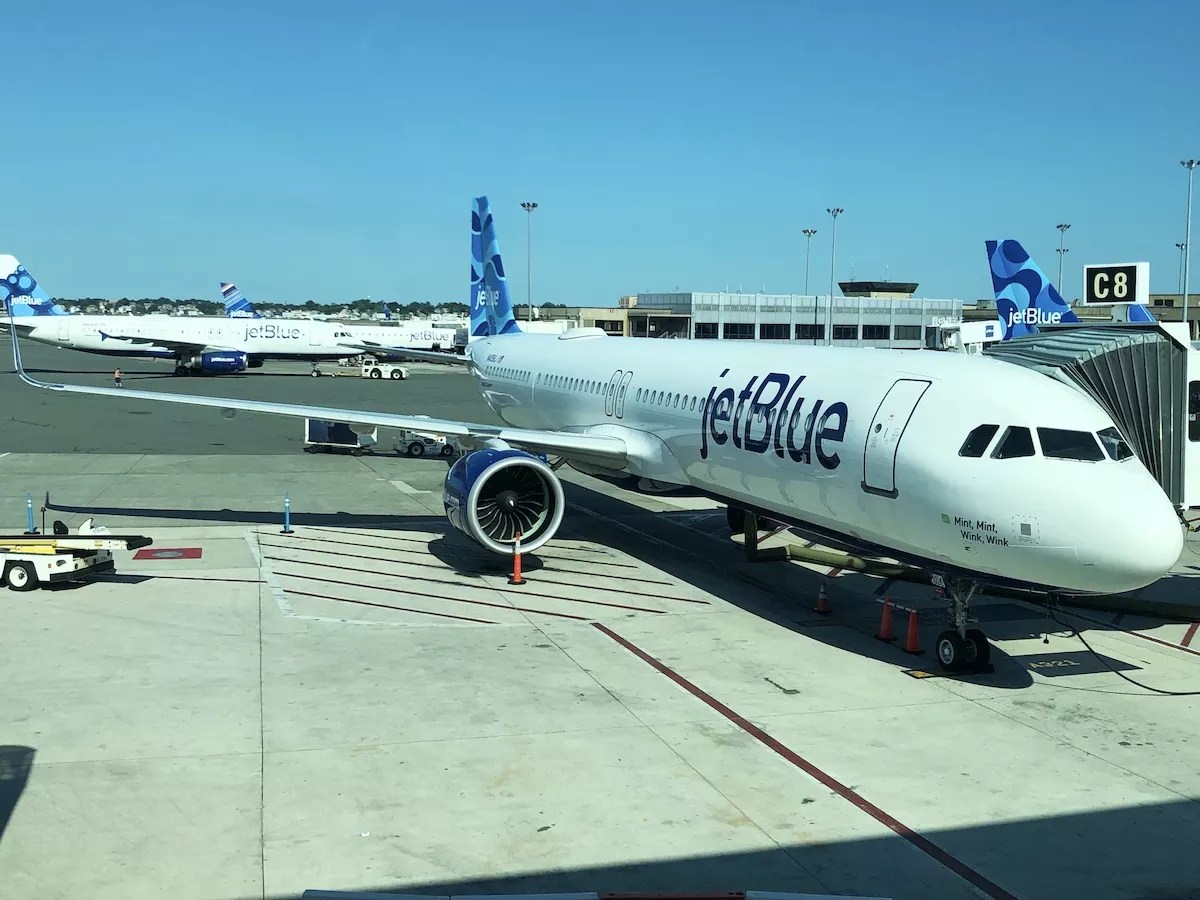
Photo by Tim/Flickr

Audio By Carbonatix
On Monday evening, two bodies were found in the wheel well of a JetBlue flight that landed in Fort Lauderdale from New York.
The grisly discovery was made during a routine post-flight assessment of the plane, which left John F. Kennedy International Airport in New York just before 8 p.m. Monday and landed at Fort Lauderdale-Hollywood International Airport around 11 p.m., according to the airline. Paramedics pronounced the two people, who have yet to be identified, dead at the scene.
“The circumstances surrounding how they accessed the aircraft remain under investigation,” JetBlue said in a statement. “This is a heartbreaking situation, and we are committed to working closely with authorities to support their efforts to understand how this occurred.”
The incident comes nearly two weeks after another person was found dead on Christmas Eve inside the wheel well of a United Airlines plane that landed in Hawaii. Police haven’t released any identifying information about the person.
New Times spoke with Mary Schiavo, a CNN aviation and transportation analyst and the former inspector general of the U.S. Department of Transportation (USDOT) to find out why and how people hitch illegal rides on airplanes.
The Federal Aviation Administration (FAA) has found that stowaways, who often hide in the cramped wheel wells of planes, are typically young men under the age of 30 seeking either illegal immigration, tourism, or sometimes a combination of both, Schiavo says.
During her time as inspector general, Schiavo learned firsthand about the various ways people can sneak onto an airport’s tarmac. While conducting security tests at airports, her investigators and auditors successfully gained access to tarmacs, either by trailing airline employees or entering from other operational areas within the airport.
Schiavo notes that stowaways have also been documented to make their way onto tarmacs and flights by hopping fences around airports.
“That’s a big problem too because, remember, the perimeters of the airport are supposed to be completely covered by fencing and surveillance,” she says. “Obviously, the [airport] surveillance that is already required by law is not being monitored.”
The phenomenon of stowaways on airplanes isn’t new, Schiavo says.
Between 1947 and 2020, the FAA has documented 128 incidents of stowaways, more than 77 percent of which resulted in death.
Although some stowaways have survived in rare instances – one man, who Spanish doctors called “Mr. Popsicle,” miraculously survived a flight from Cuba to Madrid in 1969 and was found in the wheel well covered in ice – many often die from oxygen deprivation, hypothermia, or being crushed by the retracting landing gear.
Temperatures in the unpressurized wheel well, smaller than a car trunk on many planes, can reach as low as 58 to 76 degrees below zero.
“It’s sad, and it’s usually fatal,” Schiavo says. “But the bigger question is, if just somebody who wants to go visit or escape a country can do this, clearly terrorists can too.”
She adds, “And there’s no excuse. Given the threats we are now facing and the warnings on terrorism, that this keeps happening in the United States is absolutely unacceptable.”